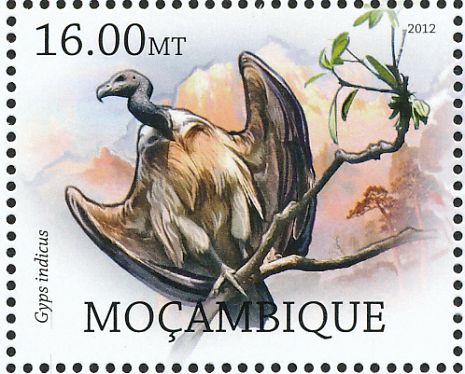Vultures are one of the most threatened families of birds in the entire world and their decline has been shockingly rapid. Some species in Africa and the Indian subcontinent have declined by over 95% in the last few decades, a rate faster than even that of the Passenger Pigeon or Dodo. Many old world vultures are now Critically Endangered – meaning they are at risk of going extinct in our lifetimes. And while vultures may not be the most sympathetic-looking of birds, these efficient scavengers are vital in preventing the spread of disease, locating and picking clean carcasses before disease spores can develop. Thus, their demise leads to economic, social and environmental problems.
Vulture populations are currently collapsing at an unsustainable rate across Africa and the Middle East. Their decline mirrors that of an earlier decline of vultures on the Indian subcontinent, which occurred due to widespread use of a veterinary drug, diclofenac, which proved toxic to vultures. What subsequently happened in the Indian subcontinent should serve as a reminder to humanity of the importance of vultures to the ecosystem.
In this region, poisoning saw vulture numbers plummet from approximately 40 million in the nineties to up to about 10,000 individuals in 2003, which led to an increase in poverty and unemployment in India, where villagers used to clean the bones by feeding bone tissue to vultures, then grinding them and selling them once again as Calcium powder for the agriculture industry.
In addition to this, the disappearance of the vultures led to health problems due to an increase in the numbers of stray dogs, which moved in to take the place vacated by vultures in the food chain.
A study has estimated that the numbers of stray dogs surged by 5.5 million between 1992 and 2003. This rise in numbers led to a spread of rabies in rural areas until it became one of the most deadly diseases in India in recent years, with the number of dog bite casualties reaching about 40 million cases between 1992 and 2006. This in turn led to the increase of funds spent on covering health and social problems.
It is estimated that the associated health costs absorbed by the Indian government as a result of the decline of vultures between 1993 and 2006 amounts to US$34 billion.
In Saudi Arabia and the Middle East, the number of vultures have declined significantly. Of the five species recorded in the region, all are threatened; some at a local level, the rest on a global scale.
Source: Bird Life, 21 December 2016
http://www.birdlife.org/middle-east/news/saving-vultures-saudi-arabia

- Login om te reageren
